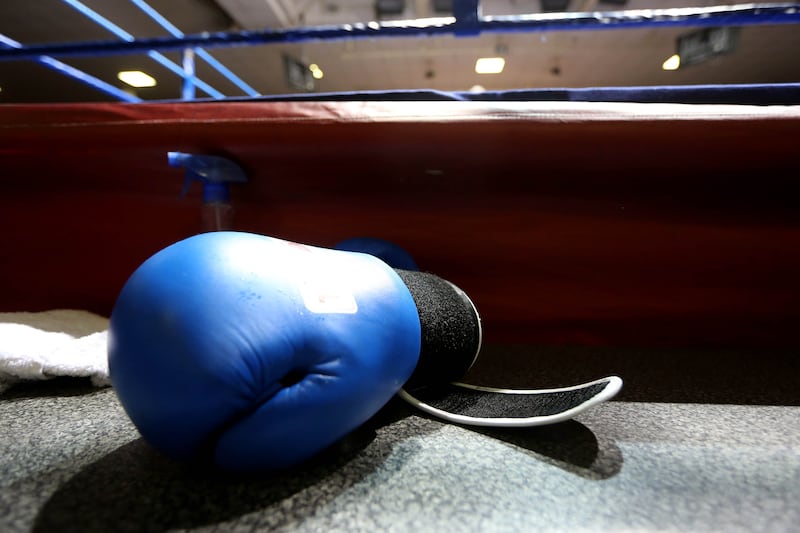We haven’t always wanted to save the whales. During the 20th century, three million were hunted worldwide for their valuable oil and meat; in Ireland, the last commercial whaling station closed just a hundred years ago with a legacy of 900 deaths. The industry left a lasting mark on our waters; the Northern Right Whale – an approachable, slow species which doesn’t sink when killed – has never recovered.
But things changed and by 1975 activists were setting sail under the “save the whales” banner to campaign against commercial hunting and, eventually, it worked. In 1986, a global moratorium was put in place.
The whaling industry was a highly profitable global business, so how did the tide turn against it?
One sleety March evening in the mid-1960s, a scientist from Vermont called Roger Payne heard on local radio that a small whale had been washed up dead on a nearby beach. Payne had never seen a whale before – until then, his expertise was in the hearing of bats, moths and owls – but that evening, he decided to get into his car and look.
READ MORE
What he found horrified him. Someone had carved their initials into the flank of the carcass, and a cigar had been stuffed into its blowhole. “I removed the cigar and stood there for a long time with feelings I cannot describe,” he wrote. “Everybody has some such experience that affects them for life, probably several. That night was one of mine.”
Payne decided to dedicate his professional life to whales – specifically, humpback whales, which were on the brink of extinction. His work would fuel a global movement that restored the humpback population to 93 per cent of its original pre-whaling size.
But to get there, Payne didn’t use facts or data; he used awe.
He listened to humpback whales and heard what he described as “exuberant, uninterrupted rivers of sound”. He had made a significant scientific breakthrough with his team: humpbacks weren’t simply making noises or calls; they were singing complex, thematic songs to each other.
But more important than this discovery was what Payne instinctively realised: these singing humpbacks weren’t just creatures of the oceans but artists to be heard. And so, in 1970, he set underwater microphones in the waters off the coast of Bermuda, recorded their eerie, cavernous songs, and released them in an album, Songs of the Humpback Whale, to massive public acclaim. Soon after, the US Congress banned commercial whaling.
And so, to our waters. In June 1991, thanks to the work of the Irish Whale and Dolphin Group, the then taoiseach, Charles Haughey, declared our seas a whale and dolphin sanctuary. Humpbacks born in the Cabo Verde archipelago off West Africa travel up to the Irish coast, and some spend considerable amounts of time fattening up on sprat, herring and sand eels. They’re commonly spotted off the coast of Kerry and Cork, but recently, for the first time in 25 years, they’ve moved northwards towards Mayo and Donegal.
There are about 120 humpbacks who make our waters their occasional home. While they do so, scientists glean as much information from them as possible to understand the size of the population and their genetic relationships, the songs they’re singing, what they’re doing here and why they chose different parts of the sea to feed and grow.
Luckily for researchers, humpbacks must surface every ten minutes to breathe. As they do, they blow out mucus and germs and within this moist mix are samples of their microbiome – the microbes and bacteria that live inside the whales, which can tell a vital story about their overall health.
Miguel Blazquez Hervas, a biologist at the Atlantic Technological University in Galway, is pioneering a technique called “blow sampling” in Irish waters. As the whales breathe out, a drone, equipped with a Petri dish, flies through the mucus “blow cloud” and collects droplets. Hervas has used this method on humpbacks off Mayo and Donegal in the last few weeks, and he’ll use the samples to analyse the microbiome diversity of individual whales. In the future, he hopes it’ll be a valuable tool for researchers to assess and monitor the overall status of the animals without disturbing them.
Only three countries – Norway, Japan and Iceland – persist with whaling today. But the threats to these animals are numerous: entanglement in fishing gear, vessel strikes, noise pollution, habitat destruction, organic pollutants and, most critically, our rapidly heating oceans which are causing a decrease in the numbers of herring, a vital source of food. The oceans are rapidly changing; we need as much data as possible to know how whales are faring and what they need to succeed.
But we have Roger Payne to thank for his realisation that the best way to motivate humans to act favourably towards other species is to connect emotionally and inspire awe.
In his final written piece, published just a few weeks before he died in June, Payne wondered what it would take to start a new conservation movement today as we face a rapidly changing planet. “There is nothing else nearly as important and urgent as preserving the rest of life,” he wrote. “As my time runs out, I am possessed with the hope that humans worldwide are smart enough and adaptable enough to put the saving of other species where it belongs: at the top of the list of our most important jobs.”

















